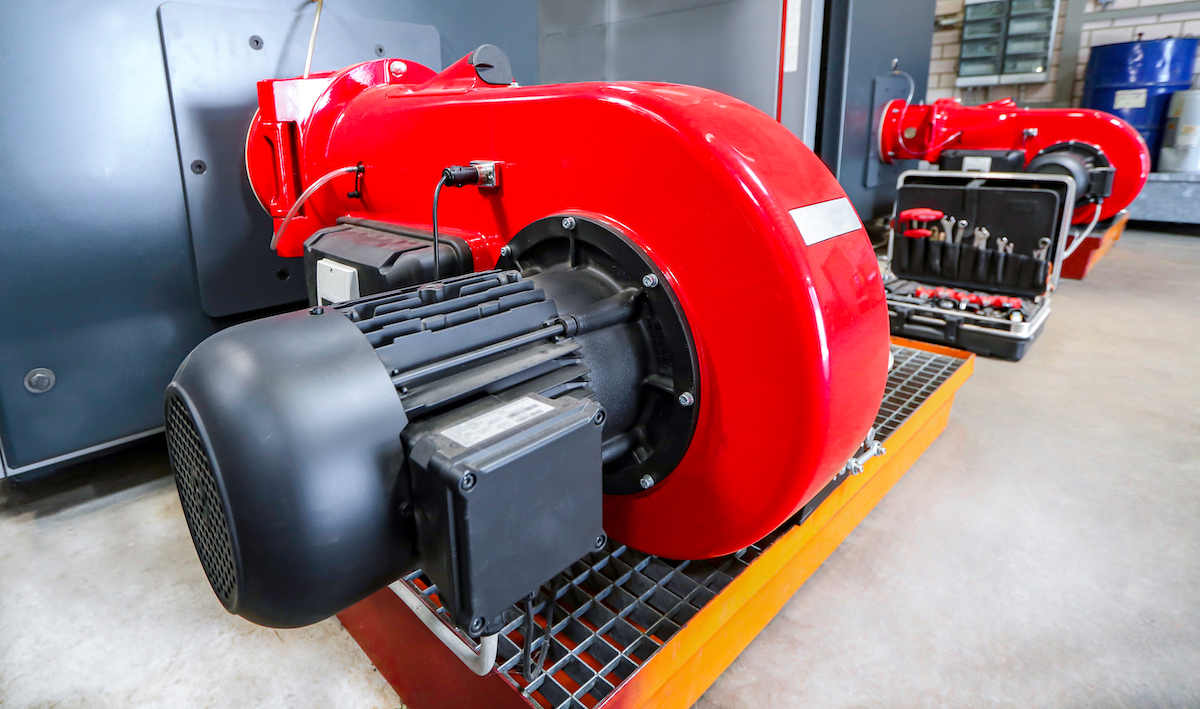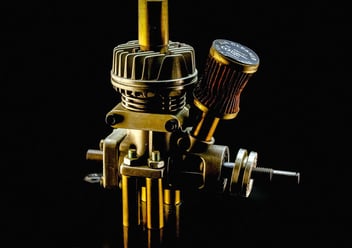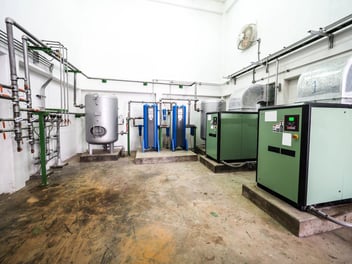5 Types of Industrial Blowers

Industrial blowers are used in many corporate applications and can be categorized based on their application and design. There are five types of industrial blowers, each with pros and cons. We’re here to give you the inside scoop.
5 Common Types of Industrial Blowers
Industrial blowers are essential to many industrial processes. Discover the difference between the most common types of industrial blowers and find the best option for your application.
1. Positive Displacement Industrial Blowers
Positive displacement industrial blowers are a good choice if you need to move large amounts of air through small spaces. They are ideal for high-pressure and high-volume applications, like air combustion.
The biggest drawback of positive displacement blowers is that they aren’t suitable for applications requiring high static pressures. These blowers also have a lower efficiency rating than centrifugal blowers because they move less air per revolution.
2. Rotary Lobe Industrial Blowers
The rotary lobe blower is the most efficient type of positive displacement blower. They’re also commonly referred to as “root blowers” because they have a lobed rotor similar to a flower bud or root.
The lobes on the rotor act like pistons in a cylinder and compress air as it passes through them, creating negative pressure inside the discharge chamber, which pulls more air into this area through an intake port at its base. This design results in high volumetric efficiency for applications requiring high pressures with low noise levels, which makes them ideal for many industrial processes such as vacuum pumping, gas compression systems (refrigeration), heat exchangers, and other pneumatic equipment.
3. Side Channel Industrial Blowers
A side channel blower has several advantages over positive displacement. They have a higher volumetric efficiency than positive displacement. This means they can move more air per revolution of their impeller or rotor. Side channel blowers are also a quieter model and have average lower pressure drops.
The downside is that side channel industrial blowers require more parts and maintenance than other fans because they use internal lubrication instead of oil in an external reservoir, as most other types do.
4. Radial Industrial Blowers
Radial blowers are very efficient because they have a high-pressure ratio and can move air at lower speeds than other industrial fans. This is advantageous because it reduces energy consumption and noise levels.
Radial fans are also more compact than axial and centrifugal industrial blowers, making them ideal for tight spaces or where space is limited (like in factories). These blowers are more reliable than other industrial fans because their design provides less vibration when running at higher RPMs (revolutions per minute).
5. High-Performance Regenerative Industrial Blowers
High-performance regenerative blowers are the most efficient and quietest of all industrial blowers. They are used in situations that require high-pressure, high temperatures, and high-volume flow. Typical applications for these blowers include food processing, pharmaceuticals, and semiconductor manufacturing.
Unfortunately, much like radial industrial blowers, these are more expensive than other industrial blowers, which limits their use on projects with smaller budgets.
Industrial Blowers from TMI Compressed Air Systems
Are you in the market for a new industrial blower? TMI Compressed Air Systems offers an extensive line of superior industrial blower products from premium quality brands that are known for durability and efficiency and are backed by industry-leading warranties.
We supply and service nearly any industrial blower make and model for light industrial, food and beverage, pharmaceutical, plastic injection molding applications, and more. To learn more information, give our team a call today!


